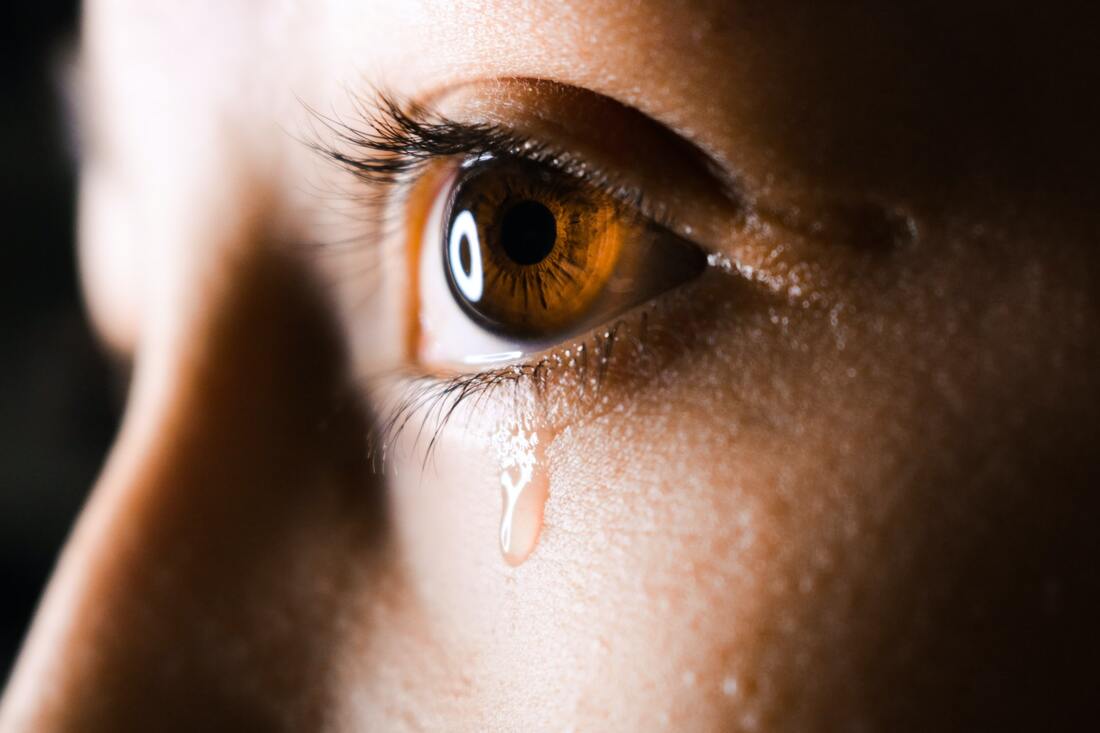AuthorRéné Pallace Archives
July 2022
Categories |
Back to Blog
What do you do with a chance?12/9/2020 When something extraordinary shows up in your life, Chances. Opportunities. The stuff of life. Chances are where the road diverges in the wood or along the trail. How we cope with chances is existentially Being and Doing. “When soldiers go to war, they don’t fight because they hate what is in front of them, they fight because they love what is behind them. When they return, the defenses they created to protect their loved ones are the same defenses they must lower to return to them.” G.K. Chesterton. It is through agency and creating our way through that we get what we want. Glennon Doyle says “The braver we are, the luckier we get.” Still, chances represent change. Change can be scary. Loss is woven through each and every life. Some losses, like baby teeth, make way. Other losses, like losing a limb, persist as phantoms. Loss of a loved one is part of our loving life. Being human happens within suffering. When we do not hide from our sadness, our disappointments, our lives don’t diminish they expand. Living fully means means more than just staying alive. “When we come to accept that life is just one damn thing after another and determine to be happy in between, that is when we have grown up.” Katherine Hepburn. We cry tears to process loss and reduce our emotional stress. We cry tears as we connect deeply with one another. We cry tears to dilute our frustration, rage, and disappointment. American Psychological Association researcher Bylsma explains that “one theory of crying is that it helps the body to return to a state of homeostasis after being overly aroused—whether positively or negatively. Right after that peak in arousal, whether it’s immediately after winning an Olympic gold medal or walking down the aisle at a wedding, tears might help bring a person back to a baseline level of functioning.” Tears are one of our most important body functions because through tears we involuntarily express the gamut of our true emotions. Tears are where our mental and physical health come together and we experience joy and sadness as equally important. Tears are also healthy and nutritious comprised of proteins and antibodies and can have antibacterial and antiviral properties. Tears help us sleep better, strengthen our immune systems, and lower blood pressure and stress levels. Tears are also treatable symptoms of distress and depression. The sage Ida agrees “Feel your feelings when you feel them.” Adults make between 15-30 gallons of tears per year. There are three types of tears which are all chemically distinct. The tears that protect our eyes are called basal tears. Reflex tears protect our eyes from external irritants. And then we have emotional tears which women shed at a rate approximately 5 times more than men and apparently the Australians cry most. People under stress as or who are lying blink more making more tears. "We conclude that there is a chemosignal in human tears, and at least one of the things the chemosignal does is reduce sexual arousal," study author Noam Sobel, a neuroscientist at the Weizmann Institute of Science in Israel, told LiveScience after the research was published in the journal Science. Most of us cry between the hours of 6pm and midnight. Also, it is a physiological fact that the first tear to fall from the right eye is for happiness while the first tear to fall from the left eye is for pain! Tears are our water. Water holds memory. We are 70%+ water. The same water here on our planet is the same water that ever was...it just circulates. Dobedobedo! The most beautiful people we have known are those who have known defeat,
0 Comments
Read More
Leave a Reply. |
 RSS Feed
RSS Feed
